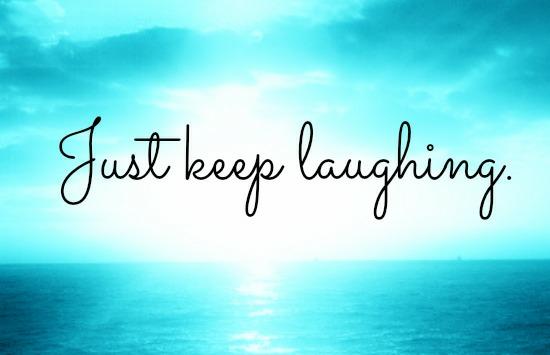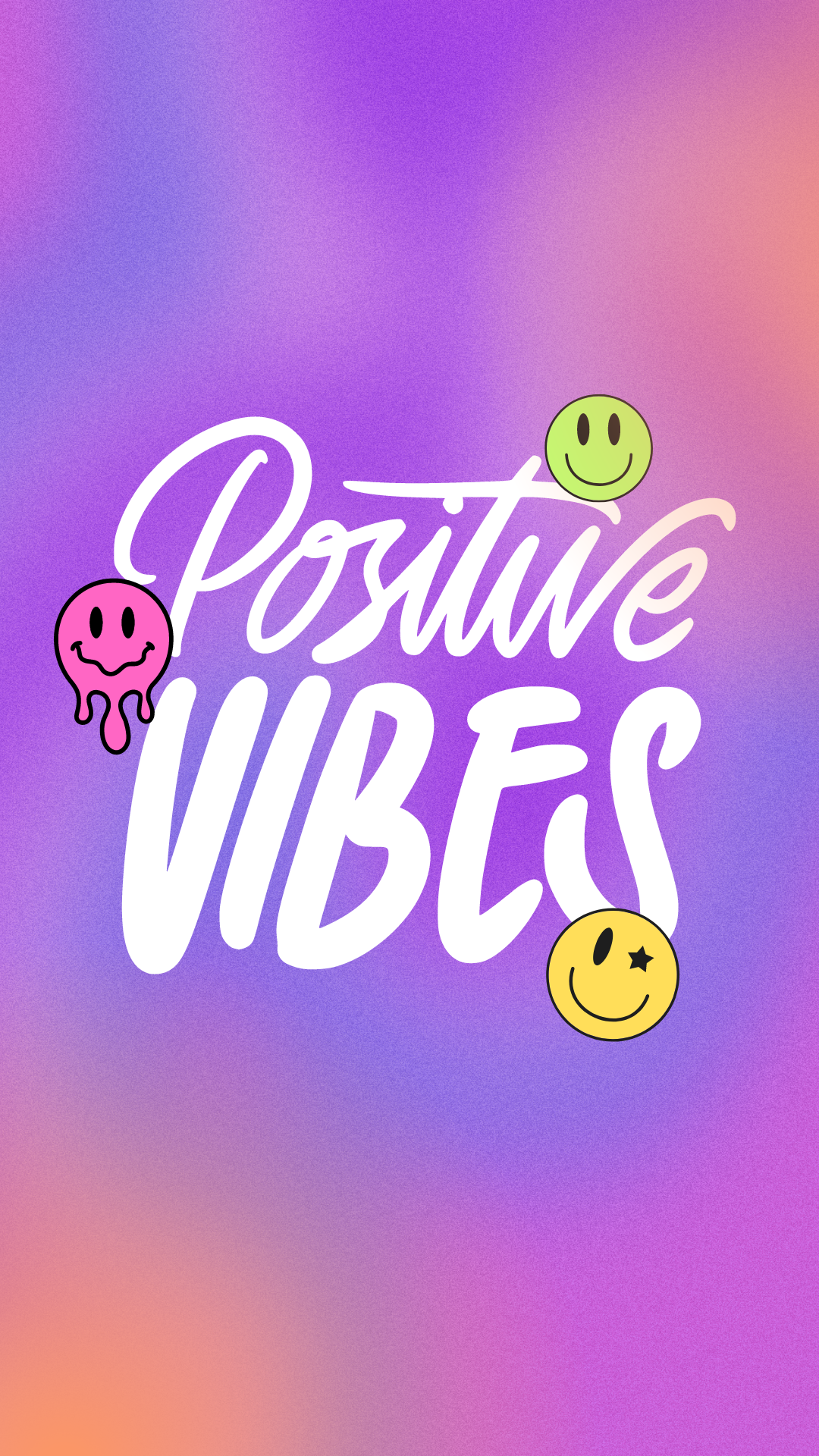Someone dear to me confided in me about their traumatic childhood. They re-live the trauma over and over again, and their life has been one of great unhappiness and pain.
He is literally the most unhappy person I have ever met, he is filled with negativity, repressed anger and sadness. It has been a sorrow to me watching this lovely person struggle with life and relationships and knowing that there is nothing I can do to help without being sucked into the vortex of negativity.
He did not and does not realise that he carries this trauma like a weighted rock on his back and that the impact of unhealed trauma negatively impacted every aspect of his life.
I am dedicating today’s blog post to this friend of mine and I hope that one day he can find true peace of mind.
Today, we’ll explore how these unresolved issues can manifest in adulthood, and we’ll outline steps to recovery and a blueprint for building a more fulfilling life.
Childhood is meant to be a time of innocence and wonder, a period where memories are formed, and dreams take shape. However, for many individuals, childhood can also be marked by experiences of trauma, pain, and emotional distress.
Unresolved childhood trauma, internalized pain, and repressed anger can cast long shadows over our lives, shaping our relationships, our perceptions, and our emotional well-being.
Understanding the Impact of Childhood Trauma
Childhood trauma can take many forms—physical abuse, emotional neglect, parental divorce, bullying, and more.
These experiences can leave deep emotional scars that linger long into adulthood. Individuals who have experienced childhood trauma may find themselves grappling with a host of issues, including low self-esteem, trust issues, difficulty forming healthy relationships, and a pervasive sense of shame and unworthiness.
Moreover, the pain and anger associated with childhood trauma can become internalized, leading to a cycle of self-destructive behaviour and emotional distress.
The Manifestations of Unresolved Trauma
The effects of unresolved childhood trauma can ripple through every aspect of our lives, from our personal relationships to our professional endeavours.
In relationships, unresolved trauma can breed insecurity, jealousy, and a fear of intimacy, leading to a pattern of broken relationships and emotional turmoil.
In the workplace, it can manifest as chronic stress, difficulty concentrating, and a sense of inadequacy that undermines our professional success.
Left unaddressed, these issues can perpetuate a cycle of negativity and emotional distress, robbing us of the joy and fulfillment we deserve.
Steps to Recovery and Emotional Healing
Recovering from childhood trauma requires courage, patience, and a commitment to self-discovery. Here are some steps to help you on your journey to healing:
- Acknowledge the Pain:
The first step towards healing is acknowledging the pain and trauma you experienced in childhood.
Allow yourself to feel the full range of emotions that accompany these experiences, without judgment or self-criticism.
- Seek Professional Help:
Healing from childhood trauma often requires the guidance of a trained therapist or counsellor who can provide support, validation, and tools for coping with difficult emotions.
Therapy can help you process past traumas, challenge negative thought patterns, and develop healthier coping mechanisms.
- Practice Self-Compassion:
Be gentle with yourself as you navigate the healing process.
Practice self-care activities that nourish your mind, body, and spirit, whether it’s mindfulness meditation, journaling, spending time in nature, or engaging in creative expression.
- Cultivate Healthy Relationships:
Surround yourself with supportive friends and loved ones who validate your experiences and uplift you on your journey to healing.
Healthy relationships built on trust, respect, and empathy can provide a source of comfort and strength as you work towards emotional well-being.
- Release Repressed Emotions:
Explore healthy outlets for releasing repressed anger and pent-up emotions, such as physical exercise, expressive arts therapy, or engaging in activities that bring you joy and fulfillment.
A Blueprint for a Fulfilling Life
As you embark on your journey to healing, envision the life you desire—one characterized by resilience, authenticity, and emotional well-being.
Cultivate practices that nourish your soul and align with your values, whether it’s pursuing meaningful hobbies, setting boundaries to protect your emotional health, or embracing opportunities for personal growth and self-discovery.
Remember that healing is not a linear process, and it’s okay to seek support and guidance along the way.
With time, patience, and a commitment to self-care, you can break free from the chains of childhood trauma and embrace a life filled with positivity, resilience, and inner peace.
Childhood trauma casts a long shadow, but it does not have to define your future.
By acknowledging the pain, seeking support, and embracing practices that foster healing and emotional well-being, you can break free from the cycle of negativity and create a life that is rich in fulfillment, joy, and authenticity.
Remember, you are worthy of love, healing, and happiness—today and always.
imagecredit:PeetalyStudio
childhood traumaemotional neglectgriefrepressed angerunhealthy relationshipsunresolved trauma




